Eager to explore the complexities of technical SEO? We have all the resources you need!
In this article, we’ll dive deep into what technical SEO includes, leaving no stone unturned.
From website speed and performance to site structure and navigation, we’ll explore the key elements that can skyrocket your website’s visibility and rankings.
Get ready to discover the power of indexing, crawlability, and on-page technical optimization.
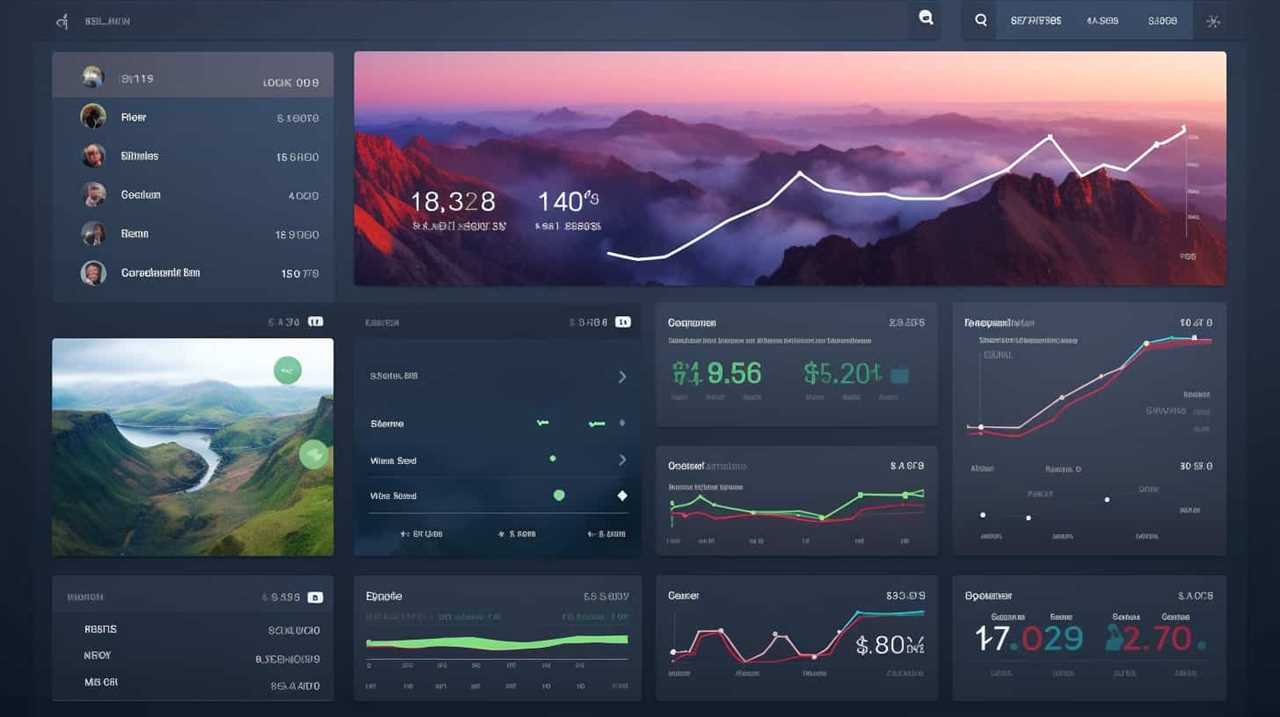
Buckle up, because we’re about to take your SEO mastery to the next level!
Key Takeaways
- Website speed and performance are crucial for user experience and search engine rankings.
- Well-structured websites with clear navigation enhance user experience and help search engines understand content and hierarchy.
- Mobile-friendliness and responsiveness are important for optimizing technical SEO and improving user satisfaction.
- Regularly ensuring indexing and crawlability, optimizing on-page technical elements, and maintaining website security are essential for improving search engine visibility and ranking.
Website Speed and Performance
When optimizing a website for technical SEO, one crucial aspect to consider is improving website speed and performance. Website speed plays a vital role in user experience and can significantly impact search engine rankings. To achieve optimal website speed, server optimization is essential. This involves optimizing server settings, reducing server response time, and implementing caching mechanisms.
Additionally, image compression is another critical factor in improving website speed. Large image files can slow down page loading times, so it’s important to compress images without compromising quality. By reducing image file sizes, website performance can be enhanced significantly.
In the next section, we’ll explore the importance of site structure and navigation in technical SEO. These elements play a crucial role in user engagement and search engine crawlability.
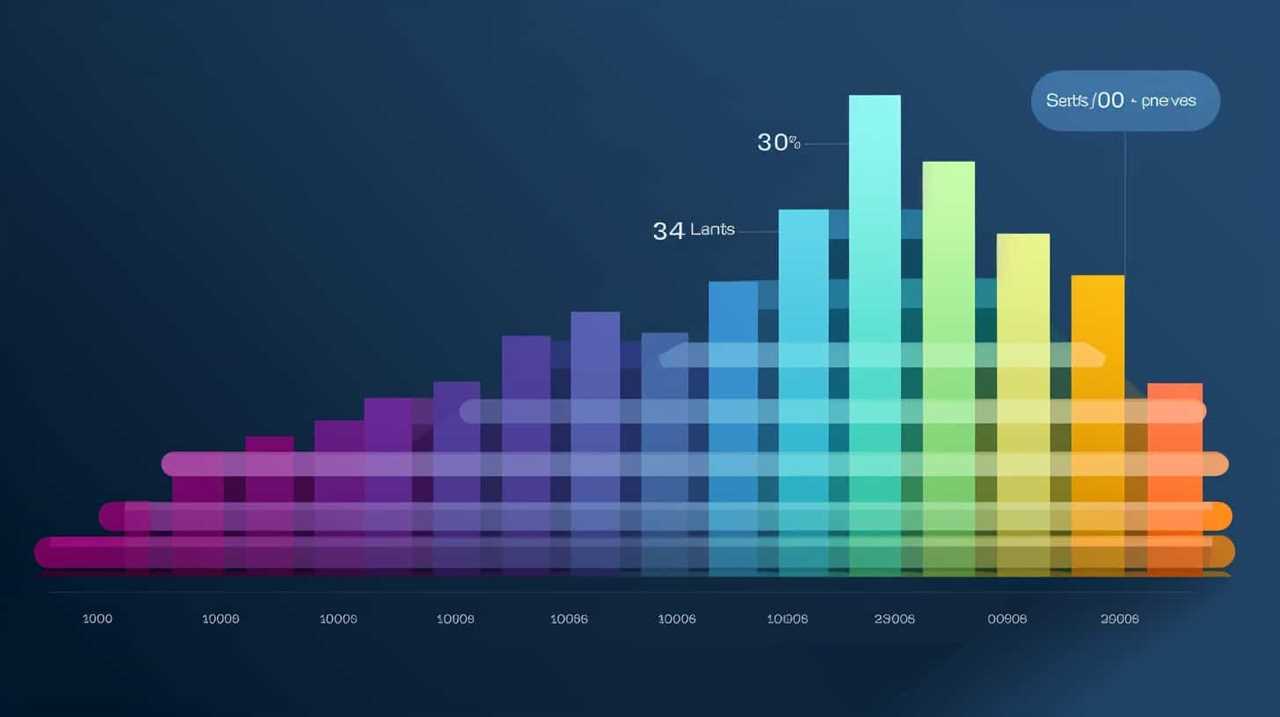
Site Structure and Navigation
To optimize technical SEO, we focus on improving site structure and navigation.
A well-structured website not only enhances user experience but also helps search engines understand the content and hierarchy of your site.
When designing the information architecture of your website, it’s crucial to ensure that it’s intuitive and easy to navigate. This involves organizing your pages logically, using clear and descriptive labels for your menus and links, and implementing breadcrumbs to provide users with a clear path back to the homepage.
By prioritizing user experience and optimizing your site’s information architecture, you can improve your website’s visibility in search results and enhance its overall performance.
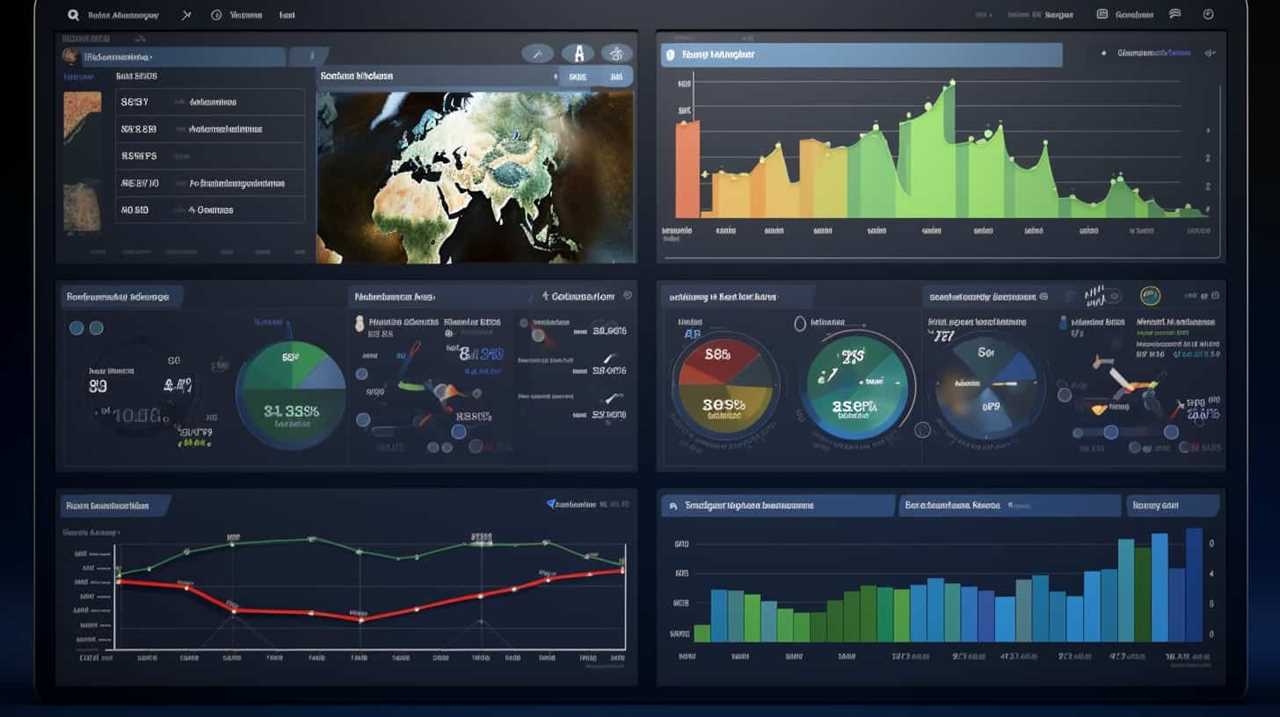
Now, let’s move on to the next section about mobile-friendliness and responsiveness.
Mobile-Friendliness and Responsiveness
Our focus now shifts to the crucial aspect of mobile-friendliness and responsiveness, which plays a significant role in optimizing technical SEO.
Mobile UX design has become increasingly important as more users access the internet through their smartphones and tablets. To provide an excellent mobile experience, websites should be designed with responsive layouts that adapt to different screen sizes and resolutions. This ensures that users can easily navigate and consume content on any device, enhancing their overall satisfaction and engagement.
Additionally, implementing Accelerated Mobile Pages (AMP) can further improve mobile performance by delivering lightning-fast loading speeds. AMP is a framework that prioritizes speed and simplicity, allowing web pages to load almost instantly, which positively impacts SEO rankings.
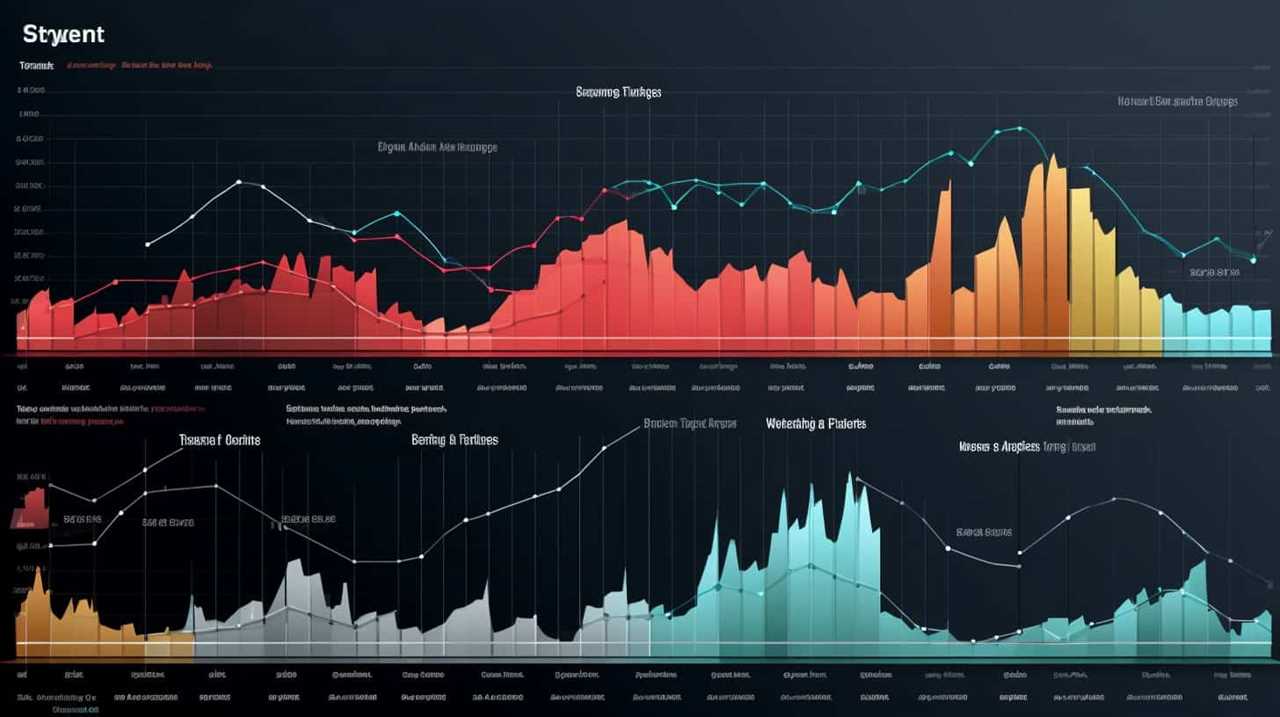
Indexing and Crawlability
One important aspect of technical SEO is regularly ensuring the indexing and crawlability of a website. This is essential for improving page ranking and visibility in search engine results. Here are four key considerations when it comes to indexing and crawlability:
- XML Sitemaps: Creating and submitting XML sitemaps to search engines helps them understand the structure of your website and crawl it more efficiently.
- Robots.txt: Implementing a well-optimized robots.txt file allows you to control which pages search engines can crawl and index, preventing them from wasting resources on irrelevant content.
- URL Structure: Having a clear and organized URL structure makes it easier for search engines to crawl and index your pages, positively impacting your website’s visibility.
- Canonical Tags: Implementing canonical tags helps search engines understand which version of a page should be indexed, preventing duplicate content issues.
Ensuring proper indexing and crawlability is just the first step in technical SEO. The next section will delve into on-page technical optimization, which focuses on optimizing individual web pages for maximum search engine visibility.
On-Page Technical Optimization
For optimizing web pages for maximum search engine visibility, we focus on on-page technical optimization. This involves optimizing various elements on a web page to improve its ranking on search engine results pages (SERPs).
Two key aspects of on-page technical optimization are website architecture and URL structure.

Website architecture refers to the organization and structure of a website. It involves creating a clear hierarchy of pages, ensuring easy navigation, and optimizing internal linking. A well-structured website architecture makes it easier for search engines to crawl and understand the content.
URL structure plays a crucial role in on-page optimization. It should be concise, descriptive, and include relevant keywords. A clean and user-friendly URL structure not only helps search engines understand the page’s content but also improves the user experience.
Frequently Asked Questions
How Can I Improve My Website’s Security and Protect It From Potential Threats?
To improve our website’s security and protect it from potential threats, we need to focus on a few key areas.
First, we should ensure that our website has a secure hosting provider and uses HTTPS encryption.

Additionally, implementing strong passwords, regularly updating software and plugins, and performing regular security audits are essential.
Furthermore, installing a web application firewall and using a content delivery network can help protect against cyber attacks.
Are There Any Specific Strategies or Techniques to Optimize Images for Better SEO Performance?
Optimizing images for better SEO performance is essential in today’s digital landscape. By ensuring that images are properly formatted, compressed, and optimized with relevant alt text, we can enhance our website’s visibility and user experience.
Images play a crucial role in attracting and engaging visitors, and search engines value well-optimized visual content. Therefore, incorporating effective image optimization strategies should be a priority for anyone seeking to improve their SEO performance.

What Is the Importance of Structured Data and How Can It Impact My Website’s Visibility in Search Results?
Structured data plays a crucial role in improving website visibility in search results. It helps search engines understand and categorize the content on your website more effectively.
By providing search engines with additional information about your website’s content, such as product details or reviews, structured data enhances the visibility and relevance of your site in search results.
This ultimately leads to increased organic traffic and improved SEO performance.
Therefore, understanding the importance of structured data is essential for maximizing website visibility.
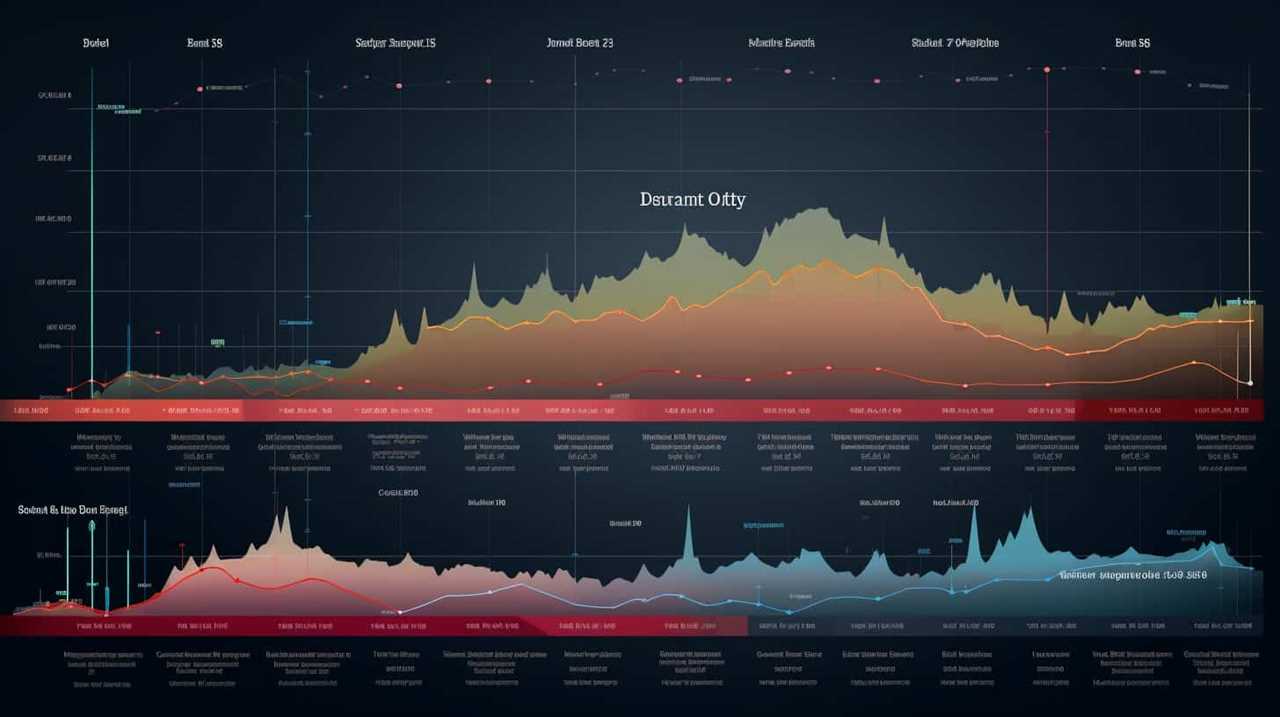
Are There Any Recommended Practices for Optimizing Website URLs for Better Search Engine Rankings?
When it comes to optimizing website URLs for better search engine rankings, there are some recommended practices that we should keep in mind.
One important aspect is website architecture, which involves organizing your website’s content and pages in a logical and hierarchical manner. This helps search engines understand the structure of your site and index it more efficiently.
Another practice is meta tags optimization, where you optimize the meta tags on your web pages to provide accurate and relevant information to search engines.
How Can I Effectively Utilize XML Sitemaps to Improve the Crawlability and Indexing of My Website by Search Engines?
To effectively utilize XML sitemaps for improved crawlability and indexing, we need to ensure that our website’s content is optimized for better search engine rankings.

By including relevant keywords, meta tags, and descriptive URLs in our sitemap, search engines can easily understand and index our website’s pages.
Additionally, regularly updating and submitting our XML sitemap to search engines will help ensure that our website is crawled and indexed efficiently, ultimately improving our visibility in search engine results.
Conclusion
In conclusion, technical SEO encompasses various crucial aspects that play a vital role in improving a website’s visibility and ranking on search engines.
From optimizing website speed and performance to ensuring mobile-friendliness and crawlability, technical SEO is like the engine that drives a website’s success.

It’s the foundation on which all other SEO strategies are built, making it an essential component for businesses aiming to thrive in the digital landscape.
So, let technical SEO be the wind beneath your website’s wings and soar to new heights of online success.










